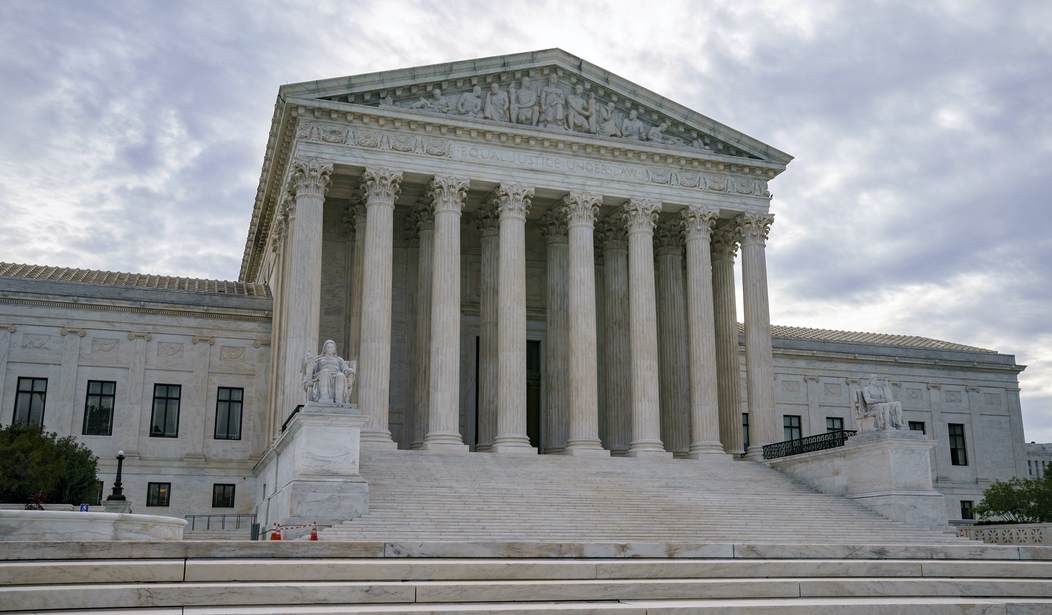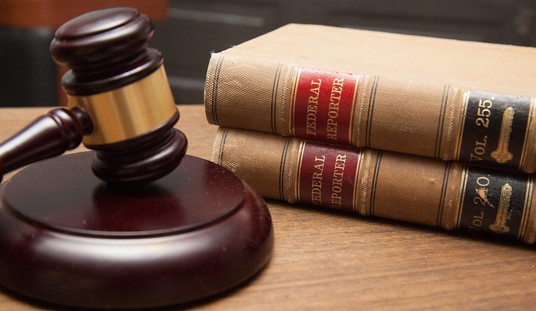The Supreme Court is set to issue a major opinion on the right to bear arms next year, but Second Amendment advocates and gun owners are hoping that won’t be the only 2A-related topic that justices address in the coming months. On Thursday a coalition of gun rights groups and individual plaintiffs filed a petition for certiorari with the Court in the case of Maryland’s ban on modern sporting rifles; one of several that have been upheld by appellate courts around the country.
The Second Amendment Foundation, Citizens Committee for the Right to Keep and Bear Arms (full disclosure: I serve as an unpaid member of CCRKBA’s board), the Firearms Policy Coalition, and several individuals are arguing that the lower court decisions upholding state-level bans on AR-15s and other semi-automatic rifles have abused the Court’s decisions in Heller and McDonald, with the Fourth Circuit’s defense of Maryland’s gun ban representing “the most extreme” example of the practice.
The foundation-stone of Heller’s constitutional analysis was the question whether the arms restricted by the government are “in common use at the time for lawful purposes like self-defense,” 554 U.S. at 624 (quotation marks omitted), but Kolbe rejected this “common use” test as utterly irrelevant to the constitutionality of flat bans on the common semi-automatic firearms at issue.
Instead, the Fourth Circuit reasoned that the detailed textual and historical analysis in Heller laying out the common-use test was all effectively nullified by an oblique passage in the Court’s opinion explaining why the common-use standard did not conflict with the Second Amendment’s prefatory clause even though, in the modern world, it may place outside the Second Amendment’s protections some “weapons that are most useful in military service—M-16 rifles and the like.” Id. at 627. The Fourth Circuit claimed to find, buried in this aside, the ultimate key to the constitutional analysis of gun bans: if the banned firearms are “ ‘like’ ‘M-16 rifles,’ i.e., ‘weapons that are most useful in military service,’ ” then they are outside the ambit of the Second Amendment.” Kolbe, 849 F.3d at 136 (quoting Heller, 554 U.S. at 627).
This “useful in military service” test blatantly misreads Heller and is irreconcilable with the Second Amendment’s text. It completely divorces the Second Amendment right from the militia-protecting purpose announced in the Amendment’s prefatory clause—in direct contradiction of Heller’s instructions. 554 U.S. at 577. And read literally, the test would result in stripping constitutional protection from virtually all firearms—since “nearly all firearms can be useful in military service.” Kolbe, 849 F.3d at 157 (Traxler, J., dissenting).
The gravity of the Fourth Circuit’s departure from this Court’s precedent—on the critically important issue whether common firearms owned by millions of Americans for self-defense enjoy Second Amendment protection—is alone enough to justify this Court’s review.
That’s not the only reason given in the 38-page brief filed with the Supreme Court, however. The plaintiffs also argue that the Fourth Circuit’s decision in Kolbe is merely “the latest and most dissonant note in the cacophonous chorus of Second Amendment tests devised by the lower courts to uphold bans, like the one at issue here, on common and constitutionally protected firearms.”
The brief argues that the justices should grant cert in the case, or at a minimum keep the case until the Court has issued its upcoming opinion in New York State Rifle & Pistol Association v. Bruen and then remand the case back to the lower courts with instructions on the proper standard of review that should be used in looking at the state’s ban on the most commonly-sold rifle in the country.
Second Amendment Foundation founder and executive vice president Alan Gottlieb says the organization is pursuing the case because it’s “long past time for the Supreme Court to put an end to the legal gymnastics that have been used to uphold what amounts to an unconstitutional prohibition of semiautomatic firearms,” adding that lower courts have kept these bans in place using whatever “logic” they can muster up to justify their decision.
“The Second Amendment is not going to disappear,” says Gottlieb, “and questions about what arms are protected need to be answered. You cannot allow guns to be banned based on cosmetics or what color they are.”
Let’s hope SCOTUS agrees. Previous challenges to bans on so-called assault weapons have been passed over by the Court, though this is the first gun ban case that’s been presented to justices in the Court’s current makeup. With six justices theoretically supportive of a substantive reading of the Second Amendment’s text, tradition, and history, I’d say the chances are good that the Court at least holds the case over until the Bruen opinion is handed down, likely in late June of next year.









Join the conversation as a VIP Member